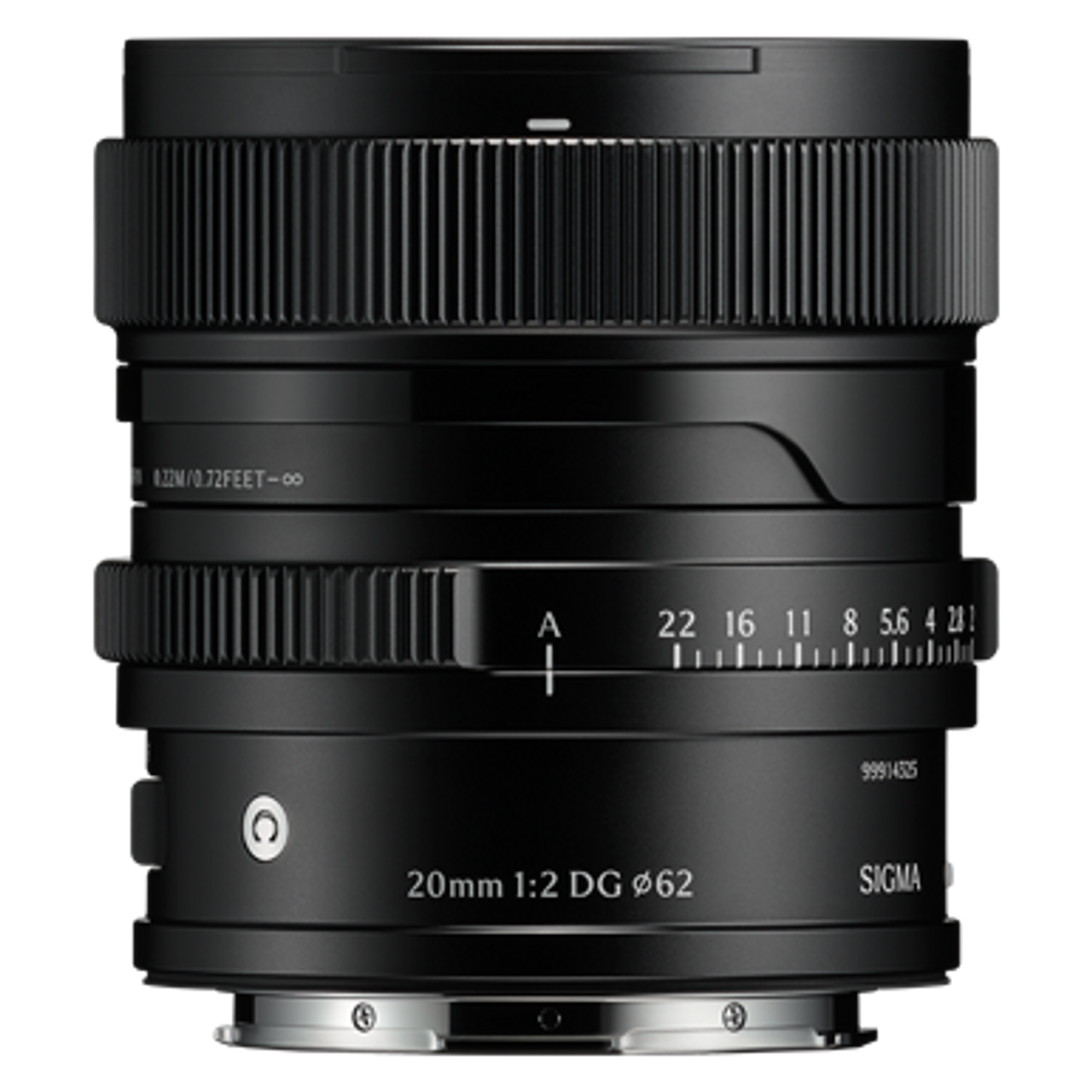Product Description
"Premium Compact Primes" for mirrorless users
The Sigma I series features full-frame compatible lenses that offer new value to mirrorless systems. The combination of superb optical performance with a level of compactness that is perfectly suited to smaller and lighter modern mirrorless cameras will bring you new opportunities for a perfect shot. Sigma is aware that in today's world we have a wide range of camera choices, especially with the increase in mobile phone ownership. But with many people look for something more than a mere act of "taking pictures" when they choose to own a camera and lenses, I series lenses offer the ultimate combination of superb optical performance, outstanding usability and compact form-factor. Sigma's excellence in development and production technologies has been built up since our founding in 1961 and became increasingly sophisticated with the introduction of the Sigma Global Vision brand in 2012. With this as a base, Sigma has given careful thought to the quality of the products, the feeling of using it and the pleasure of owning it. This is how the I series was born.
New standards of optical performance for the Contemporary line
The 20mm F2 DG | Contemporary achieves the highest level of optical performance even at the widest aperture setting of F2 from the center of the image to the periphery. Based on the latest optical design technology, the lens construction includes three high-precision glass-molded aspherical lens elements, one SLD element, and one FLD element to suppress a range of optical aberrations. The result is clear and sharp images even in the extreme corners of the frame. By focusing on the suppression of sagittal coma flare, which is difficult to correct in post-processing, accurate reproduction of very bright points of light has been achieved. This also provides extremely detailed results across the entire image, which is especially important for night sky photography.
The lens’ optical design, as well as its Super Multi-Layer Coating and Nano Porous Coating (NPC), ensures very minimal flare and ghosting even when shooting into bright light sources. This makes it much easier to photograph backlit subjects and still achieve punchy, high contrast results.
Use of multiple high-precision aspherical glass molded lenses
The surface of molds for glass molding, which is a process that forms optical components by pressing glass materials at high temperatures, requires ultra-high precision. Sigma uses high-precision molds whose surfaces are controlled with an accuracy of ±5 nanometers (0.000005 mm) or smaller. High precision aspherical glass molded lenses archives both good aberration correction and compact lens size.
Sigma's unique coating technology Nano Porous Coating
The super multi-layer coating is combined with Sigma's unique coating technology "NPC (Nano Porous Coating)". The lens has been designed to be less susceptible to strong incident light such as backlight.
"NPC (Nano Porous Coating)" incorporates porous silica as the coating material. The porous silica layer has nano-sized holes with air inside. Having holes of this size enables a large reduction in the refractive index, allowing the reflectance to be lowered more than conventional anti-reflective coatings. As a result, reflected light causing flares and ghosting is sharply reduced, achieving clear image quality.
Exceptional I series build quality with a compact form-factor
All I series lenses have an all-metal construction. The precision-cut aluminum parts not only give the barrel a sleek, stylish finish, but provide superb durability that improves the quality of the entire product. Metal materials are also used in internal structures that slide with the operation ring for added robustness. These high-precision components crafted with Sigma's cutting-edge metalworking technology are also used in Sigma's Cine Lens line-up for professional cinematographers and provide a tactile, ergonomic feel that make the lens a pleasure to use.
The cover ring between the focus ring and the aperture ring has hairline processing that is also used for the rear cylinder of the Art line. This covering functions as a finger hold when attaching or detaching the lens.
Magnetic metal lens cap
I series lenses are accompanied by a dedicated magnetic metal lens cap, in addition to a normal plastic cap. This dedicated metal cap clips to the front surface of the lens magnetically. It is no exaggeration to say that this meticulously crafted cap represents the finishing touch for the I series.









